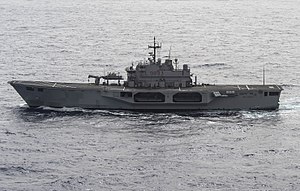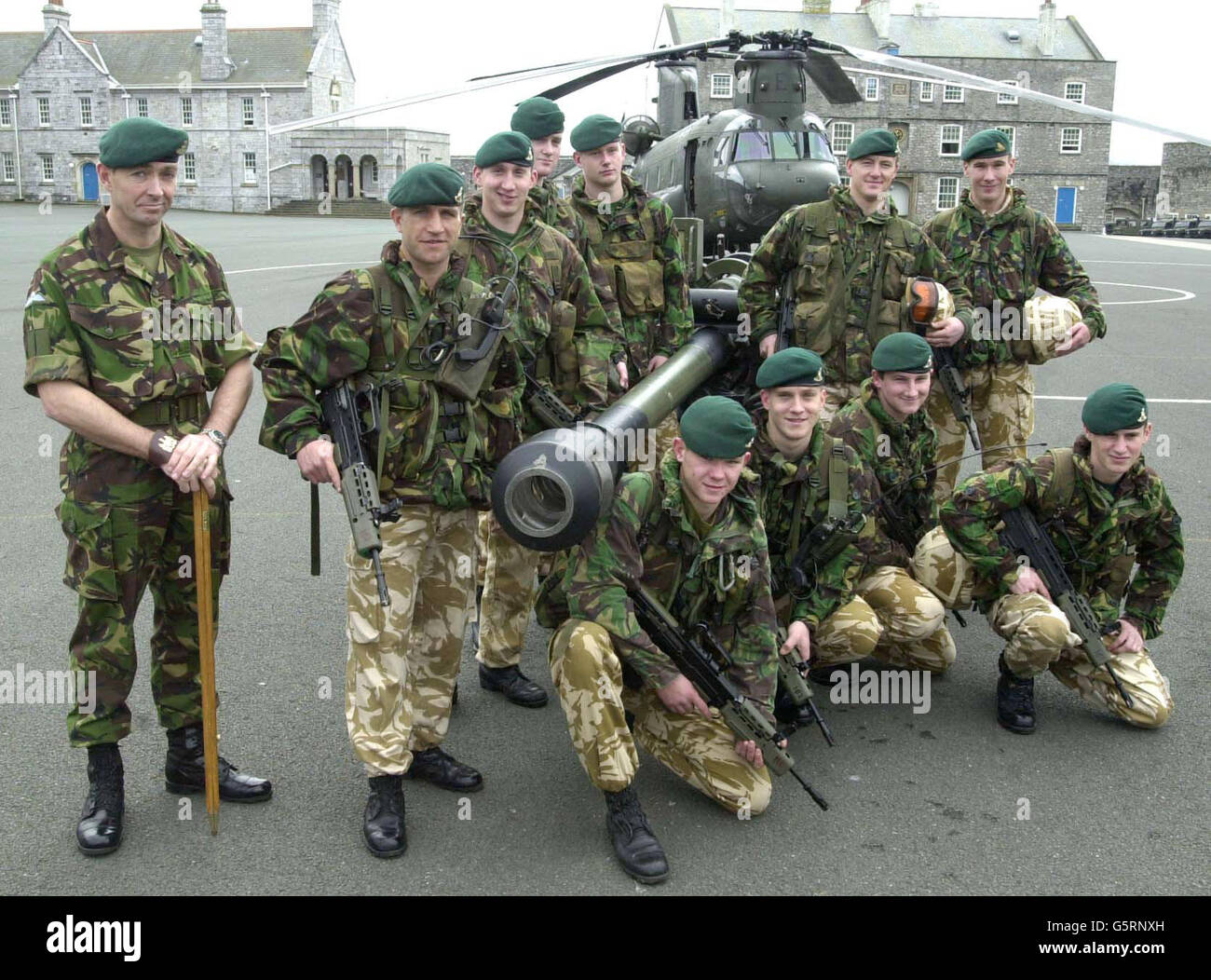- Reaction score
- 8,298
- Points
- 1,160
Bump
Fewer excuses for Her Majesty's Canadian Government not to have its own sea-borne infantry. The Americans are accepting, as have the Brits, that not all vessels have to be Death Stars.
Back to the days of Cutting Out* expeditions.
https://www.marinecorpstimes.com/news/your-marine-corps/2019/12/05/new-fleet-needed-marines-could-go-to-war-on-small-carriers-commercial-vessels/
*A cutting out boarding is an attack by small boats, preferably at night and against an unsuspecting, and anchored, target. It became popular in the later 18th century, and was extensively used during the Napoleonic Wars. This heralded the emphasis on stealth, and surprise, that would come to dominate future boarding tactics. An example is the successful cutting out of the Hermione which took place at Puerto Cabello, Venezuela, on 25 October 1799.
In modern warfare, boarding by military forces almost always involves stealth, and usually takes place at night. It may involve the use of small submarines or submersibles, or inflatable boats, or by frogmen. All involve scaling the sides of the ship. When stealth is not as important, helicopters may be used to carry troops to the deck of the ship.
https://en.wikipedia.org/wiki/Naval_boarding
Fewer excuses for Her Majesty's Canadian Government not to have its own sea-borne infantry. The Americans are accepting, as have the Brits, that not all vessels have to be Death Stars.
Back to the days of Cutting Out* expeditions.
New fleet needed: Marines could go to war on small carriers, commercial vessels
https://www.marinecorpstimes.com/news/your-marine-corps/2019/12/05/new-fleet-needed-marines-could-go-to-war-on-small-carriers-commercial-vessels/
...[Commandant Gen] Berger’s planning guidance, released in July, looks to move away from the unfeasible 38-amphib ship goal and instead use a mix of amphib ships, smaller expeditionary sea bases, fast transport ships and even commercial ships to move Marines.
....
the Chinese method of enveloping a contested area with a variety of boats, from commercial fishing ships to marine surveillance ships and actual warships that wraps an area in layers, like a cabbage.
That scenario makes conventional warfare and naval deterrence and access much more difficult, creating hazards that have international consequences such as a military vessel colliding with a commercial ship.
Get the Marine Corps Times Daily News Roundup
Don't miss the top Marine Corps stories, delivered each afternoon
Subscribe
And to meet that challenge, Berger points out, the current forward bases and infrastructure all within range of enemy weapons, are “extremely vulnerable.”
As are the large ships now in service with “large electronic, acoustic, or optical signatures.”
The shift in how Marines would fight from and back to the sea also changes how the Navy could fight.....
Vice Adm. James Kilby, who heads war fighting requirements and capabilities, said that traditionally, naval leaders think of how Marines influence the land component of a sea battle, not the sea. But if they can have effects on sea access and deny enemies movement, then he, as a naval commander can think differently about how to employ his ships.
All of which support recent statements from top Marine leadership that the force has to get lighter, work in smaller formations in support of naval operations, said Lt. Gen. Eric Smith, head of the Marine Corps Combat Development Command.
Getting lighter pairs with “lightning carrier” experimentation ― using smaller aircraft carriers that take advantage of the F-35 capabilities. It even calls for an air wing that consists “mostly or entirely of unmanned aerial vehicles.”
*A cutting out boarding is an attack by small boats, preferably at night and against an unsuspecting, and anchored, target. It became popular in the later 18th century, and was extensively used during the Napoleonic Wars. This heralded the emphasis on stealth, and surprise, that would come to dominate future boarding tactics. An example is the successful cutting out of the Hermione which took place at Puerto Cabello, Venezuela, on 25 October 1799.
In modern warfare, boarding by military forces almost always involves stealth, and usually takes place at night. It may involve the use of small submarines or submersibles, or inflatable boats, or by frogmen. All involve scaling the sides of the ship. When stealth is not as important, helicopters may be used to carry troops to the deck of the ship.
https://en.wikipedia.org/wiki/Naval_boarding









